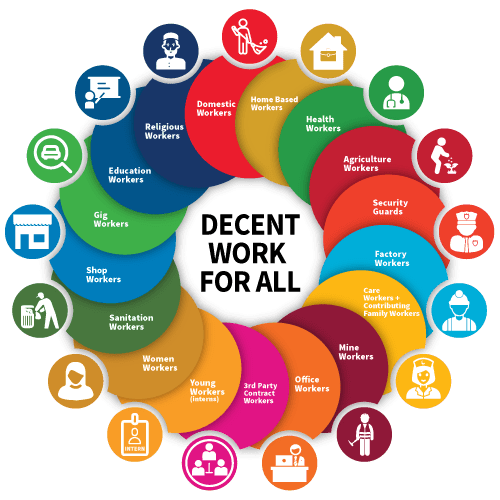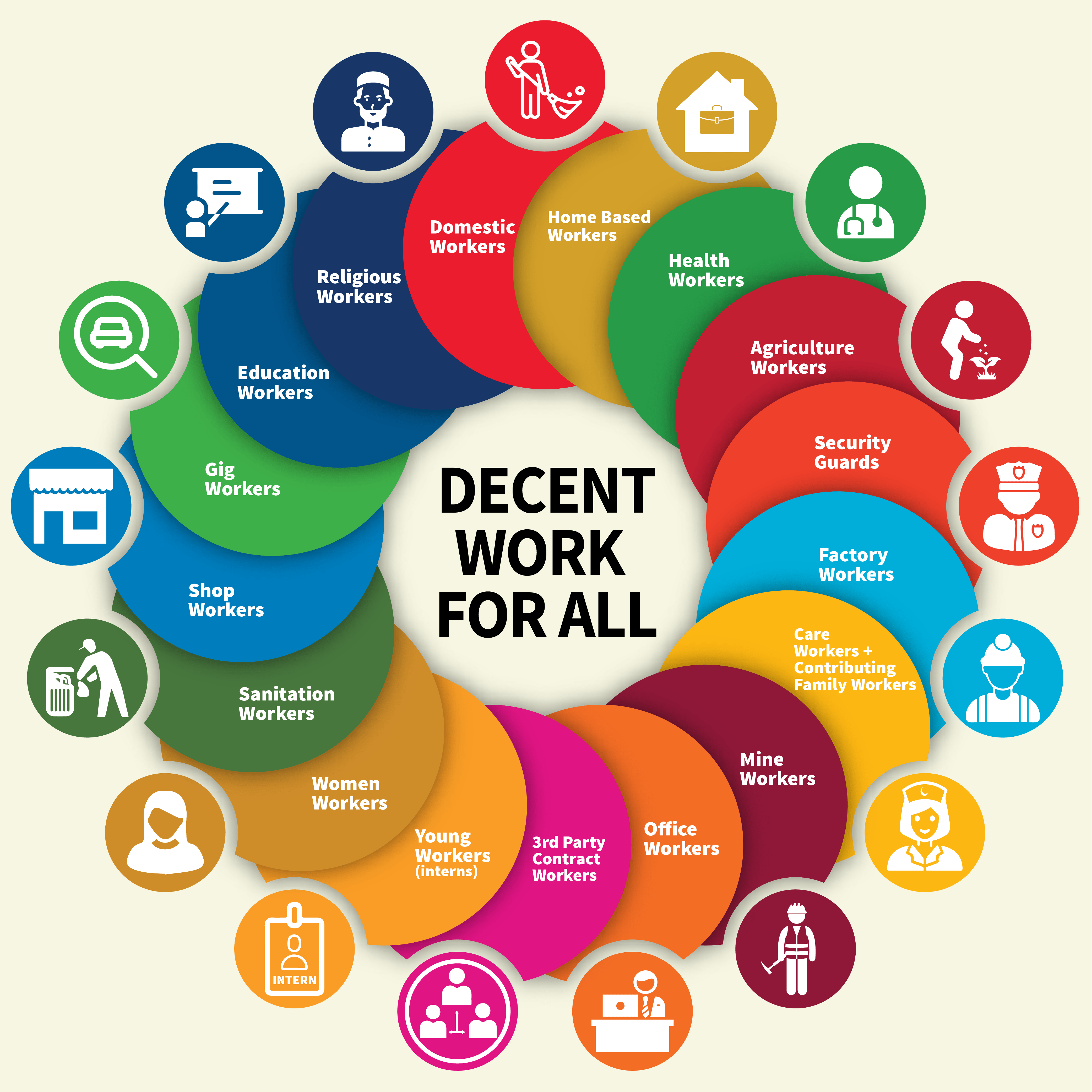What the government needs to do
Violence against women is endemic — it is found in the form of physical, psychological and sexual violence. Pakistan now has laws on these forms of violence in the shape of Pakistan Penal Code, Criminal Procedure Code, Protection against Harassment of Women at Workplace Act, The Acid Control and Acid Crime Prevention Act, The Women in Distress and Detention Fund Act and, most recently, the Punjab Government’s Protection of Women Against Violence Act, 2016.
The new law for Punjab defines all of these kinds of violence as well as economic abuse. However, what this article is about is the gender based economic violence meted out by the state to the masses. Economic violence has many facets and some of these include denial of access to financial resources, property, inheritance, control over income or even threats/coercive measures to deprive a woman of living expenses or non-compliance by a man with regard to his economic responsibilities. But, here again, our concern is the access to labour market and education, where state has a greater role to play.
The UN Convention on Elimination of All Forms of Discrimination Against Women (CEDAW) and ILO Conventions on promotion of equality and elimination of discrimination in employment and occupation (Conventions 100 and 111), all ratified by Pakistan, require the State to provide the right to free choice of profession, same employment opportunities and right to equal remuneration for work of equal value. National literacy rate is mere 58 per cent — the ratio surges to 70 per cent for male workers while stoops to 47 per cent for women workers. Labour Force Participation Rate (LFPR), an indicator of the relative size of the supply of labour currently available for the production of goods and services in an economy, is 45 per cent in 2014-15, with male LFPR nearly three times higher (68 per cent) as compared to that of female LFPR (22 per cent). The unemployment rate for female workers is higher than for male workers. Employment-to-population ratio (EPR), an indicator of demand for labour, on the other hand, is 20 per cent for female workers and 64 per cent for male workers. EPR provides information on the ability of an economy to create jobs for its people and thus is a more insightful indicator than unemployment rate in Pakistan, where no one can afford to remain unemployed for long.
Female labour force’s participation is important as it is linked with international competitiveness. According to the 2015-16 Global Competitiveness Report, female to male labour force participation ratio in Pakistan (0.30) is one of the lowest in 140 countries covered in the index (ranks 136th). Research has shown that higher female-to-male labour force participation ratio has a positive impact on output per capita. Increasing female labour force participation can also be taken as a sign of increasing women empowerment and decreasing gender discrimination. Recent IMF studies indicate that fertility, educational attainment, marital status, household income, household size, daughter inheritance rights, being the head of household, have impact on women labour force participation and are associated with removing/aggravating the gaps. However, the role of labour legislation in explaining gender differences in labour force participation rates has not received much attention despite important bearings on female LFPRs.
IMF estimates indicate that closing the gender gap in Pakistan can boost GDP by 30 per cent. Pakistan ranks the second last (144th position) in Global Gender Gap Index 2015. The Index was first introduced by the World Economic Forum in 2006 for capturing the magnitude of gender-based disparities and thus ranks countries on how well they are leveraging their female talent pool, based on economic, educational, health-based and political indicators. The gender gap is highest in the economic participation and opportunity category (rank 143), followed by educational attainment (rank 135) and health and survival (rank 125). Thus, reforms should be wide ranging and must consider all these aspects in order to raise the current low ratio of female labour force participation.
On the eve of International Women’s Day, the federal government must announce a Women Empowerment Package focused on increasing the female labour force participation. This should include following measures:
First, women employment is not only low in the country but women are also facing sectoral and occupational segregation. Labour Force Survey (2014-15) indicates that they are engaged in substantial numbers in agriculture, manufacturing, and community, social and personal services, which include health and education. Occupation-wise, they are concentrated in agricultural skilled workers, elementary (unskilled) occupations, and professionals (related to education and health services). Female workers face a wage gap of 39 per cent in the country, meaning that their wages are 39 per cent lower than those of men. In order to reduce such wage gaps and occupational segregation, there is a need for legislation dealing with non-discrimination in employment related matters and requiring equal pay for equal work as well as work of equal value.
Second, Pakistan needs to have relevant policies in place to reduce the gender divides at work which are a manifestation of long standing inequalities. In order to raise the female wage employment from current abysmal levels, there is a need for expanding and strengthening gender sensitive policies for female wage employment. Maternity leave duration needs to be raised from current 12 weeks to 14 weeks, to ensure compliance with ILO Convention 183. There must be a provision for partially paid parental leave. The maternity, paternity and parental leave must be publicly financed (through general tax revenues) or through Workers Welfare Fund (WWF). The funds collected under WWF already come from the employer’s side. Currently, the law requires payment of maternity leave by the employer (except for low paid workers registered with social security institutions), which explains low demand for women workers by the employers. The law must also provide flexible work arrangements (including reduced work time, telecommuting) for workers with family responsibilities. Women labour force participation can also be raised by enlarging care options by provision of day-care centres at enterprise and after-school programs. The government must allocate adequate budget for providing comprehensive, affordable and high quality day care services thereby freeing up women’s time and leading to higher female labour force participation rate (FLFPR). A related aspect is the provision of paid nursing breaks for women workers with children. Although the Women Empowerment Package in Punjab requires establishment of day-care centres in the private sector, the employer must be required to provide paid nursing breaks to women with children under a specific age. ILO and OECD research has shown that work-family reconciliation policies (including availability of part time work for women, paid parental leave, child care subsidies, etc) can have a significant positive impact on female labour force participation.
Third, the government must also pursue proactive measures for increased representation of women in senior decision-making positions. Proactive measures in human resource and employment policies, gender requirements in selection and recruitment, and incentive mechanisms for retention can help enhance women’s representation in the public and private sectors. Women representation in senior management positions must be increased through affirmative action measures, e.g., by introducing quotas for women on corporate boards, as seen more in the European Union. Similar initiative is under process by the Punjab government by requiring representation of 33 per cent women in all Boards of statutory organisations, public sector companies and committees as well as special purpose task force and committees.
Fourth, women constitute a major portion of the informal sector workforce and are mainly engaged as domestic and home-based workers. There is a dire need of policy making and enactment of legislation for protecting the rights of these workers. The informal sector constitutes 72.6 per cent of the non-agricultural workforce in the country. Unless separate laws for informal economy are enacted, these workers will keep working under the slave-like employment conditions.
Institutional developments, where gender-neutral laws are promulgated and women are encouraged to harmonise work and family as well as excel in their careers, are necessary for increasing women workforce participation. Without these reforms, fixing quotas for women and job creation programs would not bring about the desired effect of raising female LFPR. The economic violence, meted out to half of the population because of non-action by the government, must also stop, and women’s rights, including the rights of other marginalised groups (minorities, persons with disabilities, etc) must be protected through enactment of a stand-alone legislation on equality and non-discrimination in employment and occupation.
This article was published on 26 March 2016 on PakistanToday


